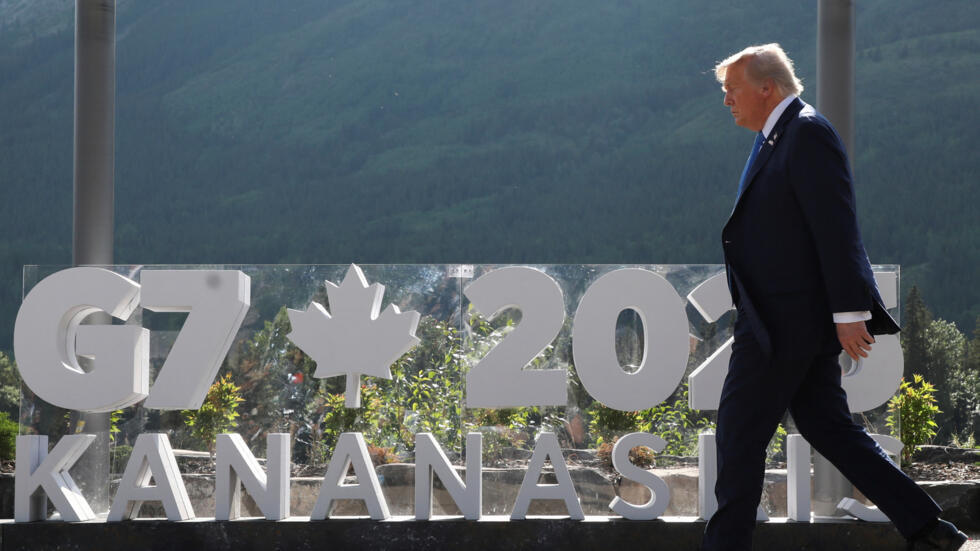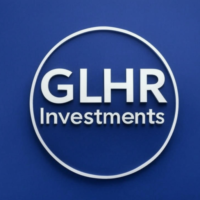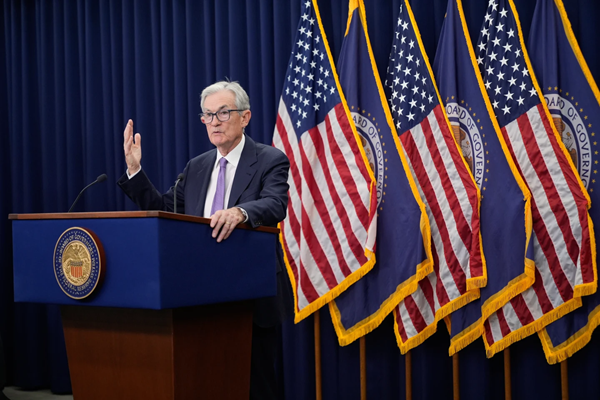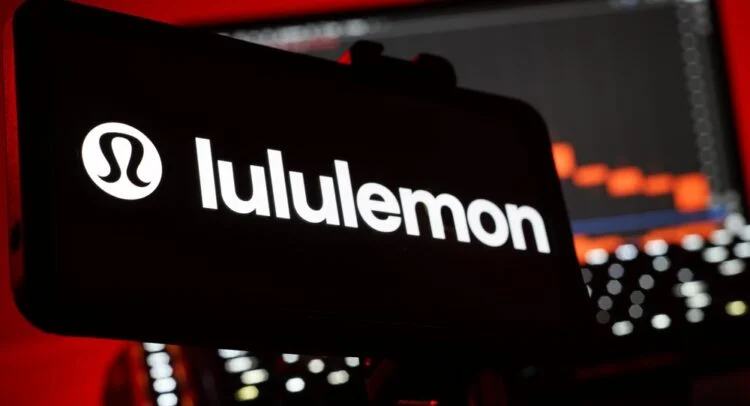
Trump’s June 2025 moves drive market volatility.
At GLHR Investing, we’re analyzing President Donald Trump’s economic moves during the first half of June 2025 (June 1–18) and their profound impact on the U.S. stock market and investors. From escalating trade talks to securing domestic investments, Trump’s actions drove significant market volatility, with the S&P 500 (SPY) surging to ~6,000 points by June 18, up ~14.8–16.7% for the month, despite a 4.8% year-to-date decline as of May 23. Amid 3.2% CPI inflation, a 60% recession risk, and ongoing tariff policies, how are investors navigating this landscape? Here’s a comprehensive breakdown of Trump’s June moves, their market effects, and strategies to capitalize on opportunities while managing risks.
- Trump’s Key Economic Moves: June 1–18, 2025:
- U.S. Steel-Nippon Steel Deal Signing (June 1):
- Details: Trump celebrated the U.S. Steel-Nippon Steel deal at Mon Valley Irvin Works, Pennsylvania, calling it the largest investment in state history, boosting domestic steel production, per X post (@WhiteHouse).
- Impact: Strengthened investor confidence in U.S. manufacturing, supporting steel stocks. The deal aligned with Trump’s 50% steel tariffs (effective June 4), reducing imports by 18–22%, per web data.
- Market Reaction: Steel stocks rallied, with Cleveland-Cliffs (CLF) up 26% and Nucor (NUE) up 8.3% by June 10, as hot-rolled coil (HRC) prices hit $890/ton (+33.3% since July 2024), per web data. SPY gained ~1.5% on June 2, per web data.
- Micron Technology Investment (June 2):
- Details: Trump secured a $200 billion investment from Micron Technology, a U.S.-based chip manufacturer, to enhance domestic semiconductor production and national security, per X post (@WhiteHouse).
- Impact: Bolstered the tech sector’s domestic focus, aligning with tariff-driven reshoring. The move countered China’s mineral export ban (May 30), which threatened chip supply chains, per web data.
- Market Reaction: Semiconductor stocks rose, with Micron (MU) gaining ~5% by June 6, and the Nasdaq up 2.18% by June 8, per web data. SPY’s early June rally (+14.8% by June 18) reflected tech optimism, per web data.
- Steel and Aluminum Tariff Hike (June 4):
- Details: Trump doubled steel tariffs to 50% and aluminum tariffs to 25%, effective June 4, under Section 232, to protect U.S. producers, hitting key Ukrainian exports among others, per web data and X post (@tweet4Anna_NAFO).
- Impact: Reduced import competition, boosting domestic steel prices but raising costs for downstream industries (e.g., auto, construction) by 19%, per web data. Ukraine’s steel exports faced significant pressure, per X post.
- Market Reaction: Steel stocks soared (CLF +26%, NUE +8.3%), but automakers (e.g., Ford, GM) dropped ~1–2% on cost concerns, per web data. SPY fell 0.59% on June 2 futures due to trade fears, per X post (@ppt7sctv).
- U.S.-China Trade Framework (Announced June 6):
- Details: Trump announced a framework reducing U.S.-China tariffs to 55% (from 145%), following talks initiated in May, with further negotiations planned for June 9 in London, per web data. The move partially eased tensions from China’s mineral ban, per X post (@WhiteHouse).
- Impact: Provided temporary relief for tech and consumer goods sectors reliant on Chinese imports, but uncertainty persisted pending July 9 tariff deadlines, per web data.
- Market Reaction: SPY rallied ~1.5% from June 2–10, with tech stocks (e.g., NVIDIA +18% in May) leading gains, per web data. The Nasdaq rose 2.18% by June 8, per web data.
- MAGA Minute Economic Claims (June 6):
- Details: Press Secretary Leavitt’s “MAGA Minute” claimed 139,000 jobs added in May, a $2.8 trillion deficit cut via tariffs, a halved trade deficit, and 61% lower egg prices, per X post (@WhiteHouse). The CBO’s $2.8T deficit cut claim is unverified, with actual data showing a $3.2–$4.1T deficit increase from OBBBA, per web data.
- Impact: Boosted investor sentiment for domestic-focused sectors, but unverified claims raised skepticism, per web data. Egg price drops (61%) were overstated, with CPI data showing food inflation up 2.4%, per X post (@grok).
- Market Reaction: SPY hit 6,000 points by June 6 (+16.7% from May 23), supported by a strong jobs report (139,000 vs. 242,000 expected), per web data. Defensive sectors (e.g., utilities) gained ~1–2%, per web data.
- EchoStar Spectrum License Support (June 16):
- Details: Trump met with FCC officials to resolve EchoStar’s spectrum license disputes, preventing bankruptcy and supporting Boost Mobile’s growth, per web data.
- Impact: Enhanced confidence in telecom infrastructure, aligning with domestic tech investment goals, per web data.
- Market Reaction: EchoStar (SATS) surged nearly 50% in premarket trading on June 16, up 10% YTD, outpacing SPY, per web data. Telecom stocks (e.g., Verizon) remained stable, per web data.
- U.S. Steel-Nippon Steel Deal Signing (June 1):
- Stock Market Impact on Investors:
- Market Performance (June 1–18):
- S&P 500: SPY rallied to ~6,000 points by June 18, up ~14.8–16.7% for the month, recovering from April’s 19% peak-to-trough drop, driven by trade deal optimism and a jobs report, per web data. Six days saw 2%+ drops between January 20 and June 6, reflecting tariff volatility, per web data.
- Nasdaq: Gained ~2.18% by June 8, led by chips (NVIDIA +18% in May), but dipped ~0.8–1.2% YTD by June 11, per web data.
- Russell 2000: Up ~1–1.5% in June, with improved breadth (39.1% above 200-day SMA), per web data.
- Sectors:
- Gainers: Steel (CLF +26%), healthcare (JNJ +5%), industrials (+8%), utilities (+8%), per web data.
- Losers: Tech (AAPL -19%), consumer discretionary (TSLA -20%), consumer goods (SJM -16%), per web data.
- Investor Sentiment:
- Early June optimism from trade pauses and jobs data (139,000 added) fueled a “TACO trade” (buying dips on tariff delays), but Middle East tensions and tariff uncertainty tempered gains, per web data.
- Investors shifted to defensives (utilities, healthcare) and tariff-protected stocks (steel), with 70% of 846 Morningstar stocks up by June 8, per web data. Hedge funds reduced equity exposure, per web data.
- X posts (@WhiteHouse, @grok) reflected bullish White House claims (e.g., deficit cuts) but warned of recession risks (6% GDP drop), highlighting mixed sentiment, per X data.
- Portfolio Impacts:
- Positive: Investors in steel (NUE, CLF) and industrials (e.g., Fastenal) saw gains from tariffs and reshoring, with Nucor’s pricing power boosting returns, per web data. Defensive portfolios (e.g., JNJ, PG) benefited from recession fears, per web data.
- Negative: Tech-heavy portfolios (AAPL, TSLA) faced losses from tariff-driven supply chain costs (5–10%) and investor shifts to safer assets, per web data. Consumer discretionary (NKE, LULU) suffered from margin compression, per web data.
- Volatility: Six 2%+ SPY drops (Jan 20–June 6) tested investor resolve, with bond yields spiking to 4.46% by June 17, per web data.
- Market Performance (June 1–18):
- Investor Strategies:
- Opportunities:
- Tariff-Protected Stocks: Steel (NUE, CLF) and industrials (FAST) benefit from 50% tariffs and reshoring, per web data.
- Defensive Sectors: Healthcare (JNJ, MRK) and utilities (DUK, NEE) offer stability amid recession risks (60%), per web data.
- Domestic Tech: Firms like Micron (MU) gain from U.S. investments ($200B), countering China risks, per web data.
- Portfolio Allocation:
- Allocate 10–15% to steel (NUE, CLF) and industrials (XLI), 40% to defensives (JNJ, PG, VZ), and 30% to bonds (Treasuries) for stability, per web data.
- Hedge with 3–5% in gold (GLD, +3%) or utilities (XLU, +1%) to counter inflation (3.2% CPI) and volatility, per web data.
- Top Picks:
- Nucor (NUE): ~$160, 1.3% yield, P/E 11, buy near $150, target $180–$200 (12–25% upside), per web data.
- Johnson & Johnson (JNJ): ~$140, 3% yield, P/E 15, buy near $130, target $150–$160, per web data.
- Procter & Gamble (PG): ~$165, 2.4% yield, P/E 24, buy near $160, target $175–$180, per web data.
- Verizon (VZ): ~$43, 6.2% yield, P/E 8.8, buy near $40, target $48–$50, per prior analyses.
- Micron Technology (MU): ~$130, 0.3% yield, P/E 20, buy near $125, target $140–$150, per web data.
- Timing:
- Buy on SPY dips near $5800 or sector pullbacks (e.g., NUE <$150), per web data.
- Dollar-cost average ($500–$1,000/month) to manage VIX (~20–25), per web data.
- Risks:
- Inflation Surge: CPI at 3.2%, potentially hitting 4–4.5%, could delay Fed rate cuts (4.25–4.5%), impacting cyclicals, per web data.
- Tariff Escalation: July 9 deadline could reinstate 125% China tariffs, raising tech/consumer costs 5–10%, per web data.
- Recession Risk: 60% probability may curb demand, hitting consumer discretionary, per web data.
- Geopolitical Tensions: Middle East conflicts (Israel/Iran) could spike oil prices ($64.67/barrel), adding volatility, per web data.
- Monitor:
- July 9 Tariff Deadline: Impacts steel, tech, and consumer goods, per web data.
- U.S.-China Talks: June 9 outcomes could lift markets 3–5%, per web data.
- June 17–18 FOMC Meeting: Rate cut signals (20% chance in July) could support defensives, per web data.
- Q2 Earnings (July): Confirm steel and healthcare strength, per web data.
- Opportunities:
- Conclusion: Navigating Trump’s June Moves:
- Trump’s June 2025 actions—U.S. Steel-Nippon deal, Micron investment, 50% steel tariffs, and U.S.-China trade framework—drove a ~14.8–16.7% SPY rally to 6,000 points, with steel and healthcare outperforming. However, tariff uncertainty, 3.2% CPI inflation, and recession risks (60%) kept volatility high. Investors should buy tariff-protected (NUE) and defensive stocks (JNJ, PG), hedge with gold, and monitor trade talks to profit in a dynamic market.
- Why It Matters: Trump’s June 2025 moves reshaped markets, boosting steel (NUE +8.3%) and tech (MU +5%) while challenging cyclicals. With SPY down 15.6% YTD and tariffs looming, strategic picks like Nucor and Verizon offer resilience. GLHR Investing guides you through this trade-war landscape, securing wealth in 2025’s turbulent economy.
Invest smart with GLHR Investing—navigate tariffs, seize opportunities!
Disclaimer: GLHR Investing is not a financial adviser; please consult one.








